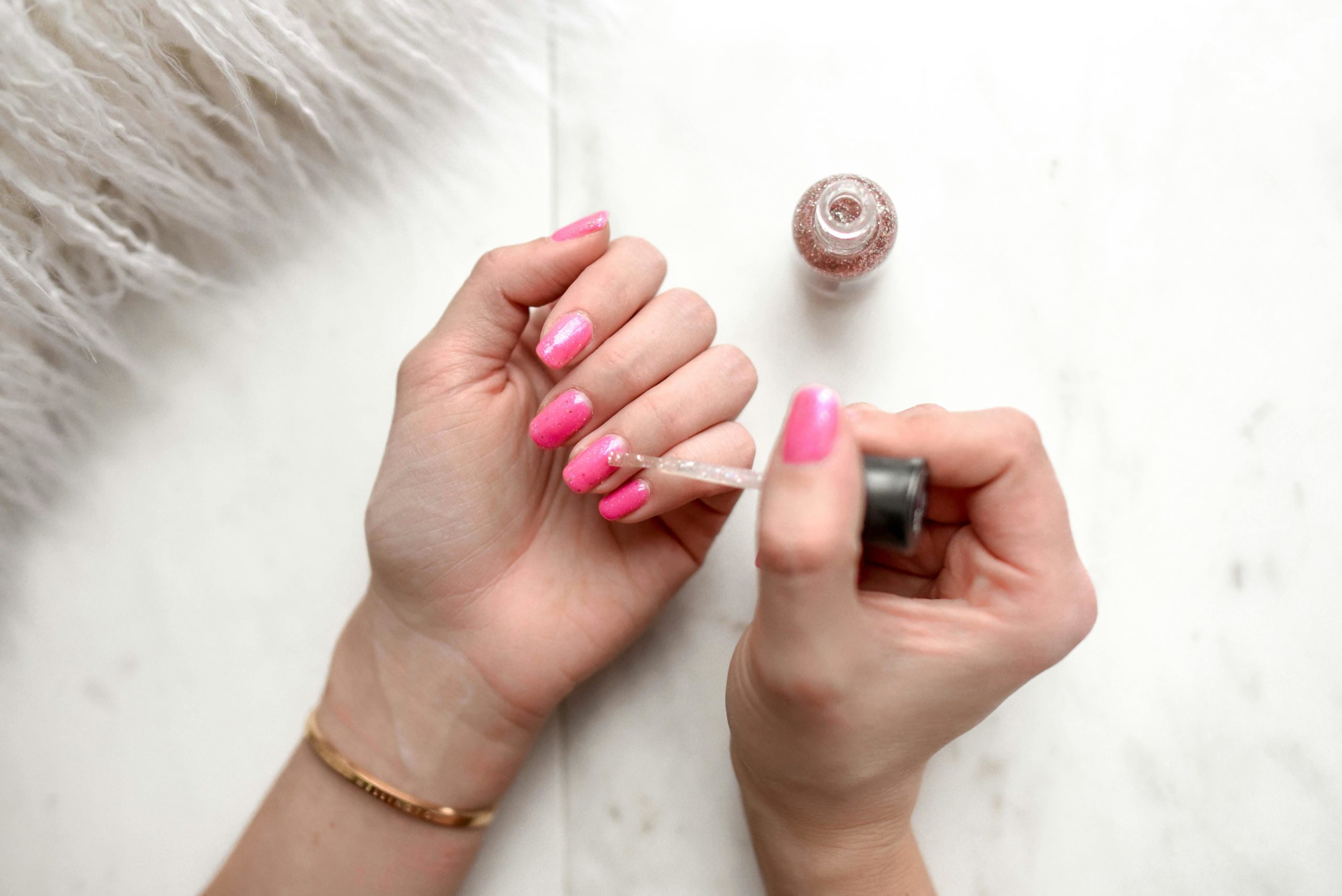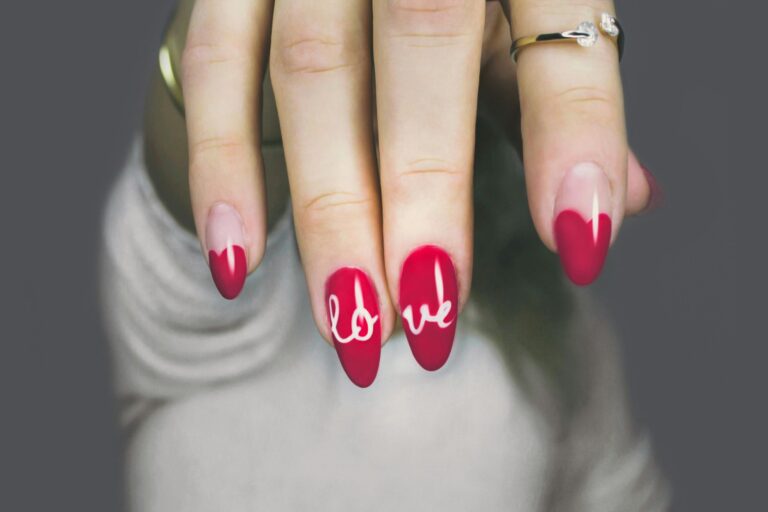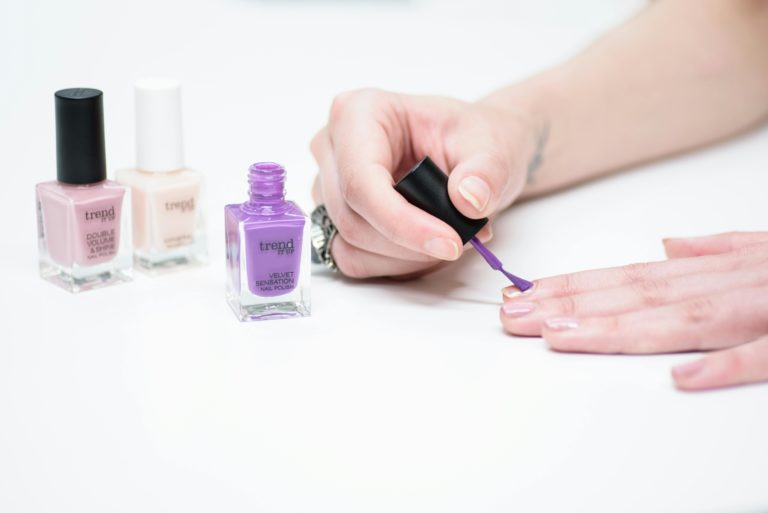Your hands are one of the most visible parts of your body, and a well-manicured set of nails can add the perfect finishing touch to your overall look. However, with so many nail shapes to choose from, finding the right one for your hands can be a daunting task. From classic round nails to trendy coffin shapes, each nail shape has its own unique characteristics and can dramatically impact the appearance of your hands.
In this comprehensive guide, we’ll explore everything you need to know about choosing the right nail shape for your hands. Whether you have short, stubby fingers or long, slender digits, there’s a perfect nail shape out there to enhance your natural beauty and express your personal style. So grab your nail polish and let’s dive into the world of nail shapes!
Understanding Nail Shapes
Before we delve into how to choose the right nail shape for your hands, let’s take a closer look at some of the most popular nail shapes and their defining characteristics:
- Square: Square nails feature straight sides and a flat, squared-off tip. This classic shape is known for its clean, sophisticated look and is suitable for most hand shapes.
- Round: Round nails have gently curved sides and a rounded tip. This soft, feminine shape is ideal for those with shorter fingers or narrow nail beds.
- Oval: Oval nails are similar to round nails but with a more elongated shape. They feature curved sides and a rounded tip, creating a flattering, elegant look that suits a variety of hand shapes.
- Almond: Almond nails are tapered with rounded sides and a pointed tip, resembling the shape of an almond. This versatile shape elongates the fingers and adds a touch of sophistication to any manicure.
- Stiletto: Stiletto nails are long and pointed, resembling the shape of a stiletto heel. This bold, dramatic shape is perfect for making a statement and elongating the fingers.
- Coffin: Coffin nails, also known as ballerina nails, are similar to stiletto nails but with a squared-off tip. This trendy shape combines the elegance of almond nails with the edge of square nails, creating a striking silhouette.
Now that we’ve covered the basics, let’s explore how to choose the right nail shape for your hands.
Factors to Consider
When selecting a nail shape, there are several factors to take into consideration to ensure a flattering and comfortable fit:
Hand Shape
The first step in choosing the right nail shape is to consider the shape of your hands. If you have slender, elongated fingers, you may opt for a more angular shape such as square or stiletto nails to accentuate their length. On the other hand, if you have shorter fingers or a wider palm, rounded or oval nails can help create the illusion of length and balance out your hand proportions.
Nail Bed Size
The size and shape of your nail beds also play a crucial role in determining the most flattering nail shape. Those with narrow nail beds may find that square or oval nails suit their hands best, while those with wider nail beds may prefer almond or coffin shapes. It’s essential to choose a nail shape that complements the natural shape of your nail beds for a harmonious and balanced look.
Lifestyle and Preferences
Consider your lifestyle and personal preferences when selecting a nail shape. If you lead an active lifestyle or work with your hands frequently, you may prefer shorter, more practical nail shapes such as square or round nails that are less prone to breakage. On the other hand, if you enjoy experimenting with bold, statement-making nail designs, you may gravitate towards longer, more dramatic shapes like stiletto or coffin nails.
Maintenance
Finally, consider the level of maintenance required for different nail shapes. Longer nails, such as stiletto or coffin shapes, may require more upkeep to keep them looking their best, including regular filing and shaping. Shorter nail shapes, like square or round nails, may be easier to maintain and less prone to snagging or breaking. Choose a nail shape that fits your lifestyle and maintenance preferences to ensure a seamless and hassle-free manicure experience.
Conclusion
Choosing the right nail shape for your hands is an important aspect of achieving a polished and put-together look. Whether you prefer classic square nails or trendy coffin shapes, selecting a nail shape that complements your hand shape and personal style can enhance your overall appearance and boost your confidence. By considering factors such as hand shape, nail bed size, lifestyle, and maintenance preferences, you can find the perfect nail shape to suit your unique needs and preferences.
Frequently Asked Questions (FAQs)
1. What nail shape is best for short fingers?
For short fingers, opt for nail shapes that elongate the hands and create the illusion of length. Oval or almond nails are particularly flattering for shorter fingers, as they help to visually lengthen the nails and fingers.
2. Can I change my nail shape frequently?
Yes, you can change your nail shape as often as you like. However, frequent filing and reshaping of the nails can weaken them over time, so it’s essential to use a gentle touch and avoid excessive filing. Consider investing in professional manicures to ensure that your nails are properly shaped and maintained.
3. What nail shape is best for natural nails?
For natural nails, shorter, more practical shapes such as square or round nails are often preferred. These shapes are less prone to breakage and require minimal maintenance, making them ideal for those who prefer a low-maintenance manicure.
4. How can I make my nail beds appear wider?
To create the illusion of wider nail beds, opt for nail shapes that elongate the fingers and minimize the appearance of width. Almond or coffin shapes can help visually narrow the nails and create a more balanced and proportionate look.
5. Can I wear different nail shapes on each finger?
While it’s technically possible to wear different nail shapes on each finger, it’s generally best to choose a cohesive look that complements your hand shape and overall style. Mixing and matching nail shapes can create a visually disjointed effect and may not achieve the desired aesthetic result.



